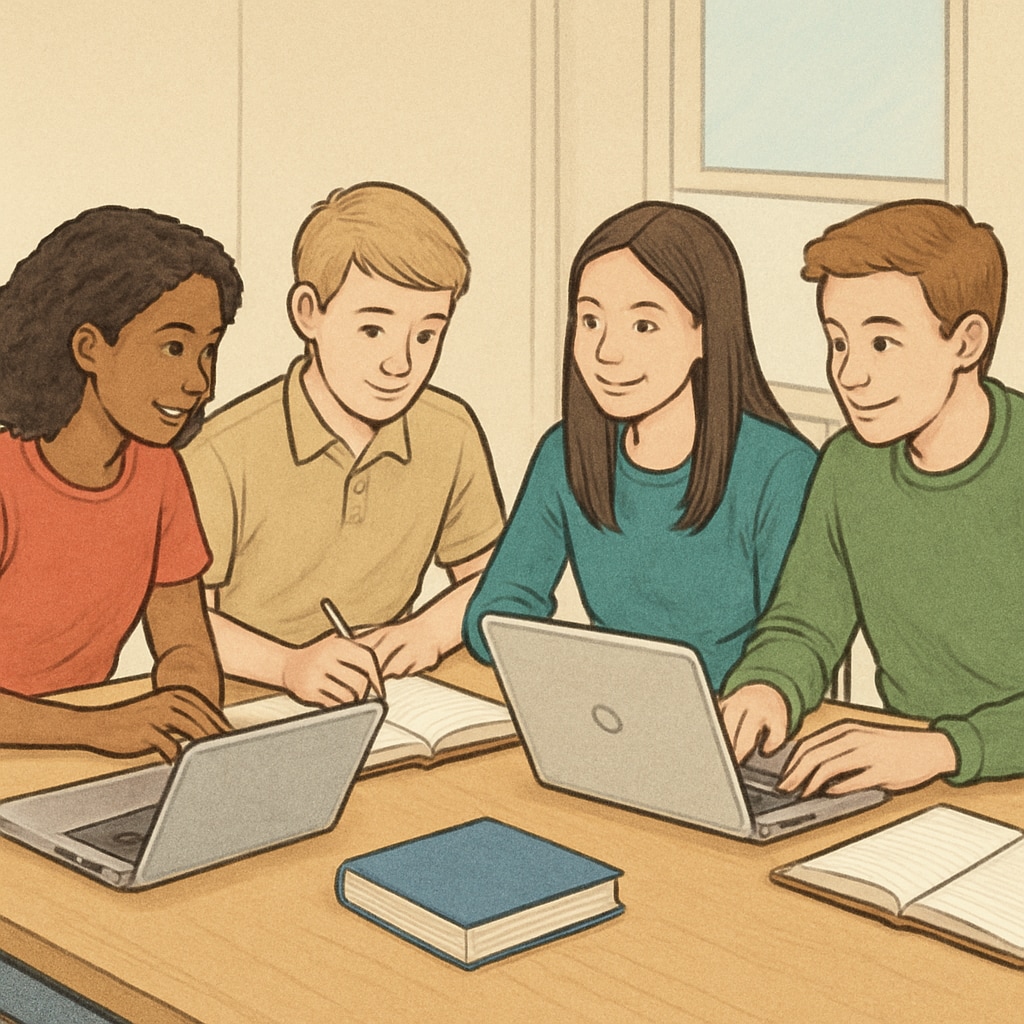In the competitive world of high school education, students increasingly seek educational resources to complement their classroom learning. Exploring school-independent learning options not only enhances academic achievement but also fosters personal growth. This guide provides actionable strategies for students to access supplementary resources, ranging from free online platforms to paid professional courses, ensuring a balanced approach to academics and interests.
Why Look Beyond the Classroom?
Classroom learning is structured and essential, but it often lacks the flexibility to address individual interests or specific areas where students may need extra support. Exploring external educational resources provides opportunities for personalized learning, skill development, and exposure to diverse perspectives. For example, platforms like Khan Academy offer free courses on various subjects, empowering students to learn at their own pace.

Free Online Resources for Budget-Conscious Learners
Not every student has the budget for paid courses, but fortunately, there are plenty of free online resources available. These platforms are accessible and provide high-quality educational content:
- Khan Academy: Offers free lessons on subjects like math, science, history, and SAT preparation.
- Coursera: Includes free courses from universities worldwide, with optional paid certificates.
- TED-Ed: Features thought-provoking videos to inspire curiosity and critical thinking.
By leveraging these tools, students can explore new topics or strengthen their understanding of challenging concepts, all without financial constraints.
Paid Options for Comprehensive Learning Experiences
For students seeking deeper engagement and professional instruction, paid resources can be a worthwhile investment. These options often provide structured programs, mentorship, and certifications:
- Udemy: Affordable courses on various subjects, including academic topics and creative skills.
- Skillshare: Focuses on creative skills like design, writing, and photography, blending personal interests with education.
- Private Tutoring: One-on-one sessions tailored to individual learning needs can be especially beneficial for subjects requiring extra attention.
While these resources involve costs, they often deliver added value through personalized learning experiences.

Offline Opportunities: Community and Local Options
In addition to online platforms, offline options can play a significant role in expanding a student’s learning experience. Libraries, community centers, and local workshops often host free or low-cost programs. For example:
- Public Libraries: Offer access to books, research materials, and sometimes free tutoring sessions.
- Community Centers: Provide workshops on topics like coding, writing, or public speaking.
- Summer Programs: Many universities and organizations host academic camps for high school students.
These offline resources encourage social interaction and hands-on learning, which can complement digital experiences.
Balancing Academics with Personal Interests
While academic success is crucial, high school years are also a time for exploring personal interests. Students can strike a balance by dedicating time to hobbies, creative pursuits, and extracurricular activities. For instance, learning a musical instrument or engaging in community service can foster emotional intelligence and leadership skills, as highlighted in Britannica’s education overview.
By diversifying their learning experiences, students cultivate a well-rounded profile that prepares them for future challenges.
Final Thoughts
Supplementary educational resources play a vital role in shaping a high schooler’s academic journey and personal development. By exploring free and paid options, online and offline platforms, and opportunities to balance academics with interests, students can maximize their potential during these formative years. The key is to stay curious, proactive, and open to new learning experiences.


